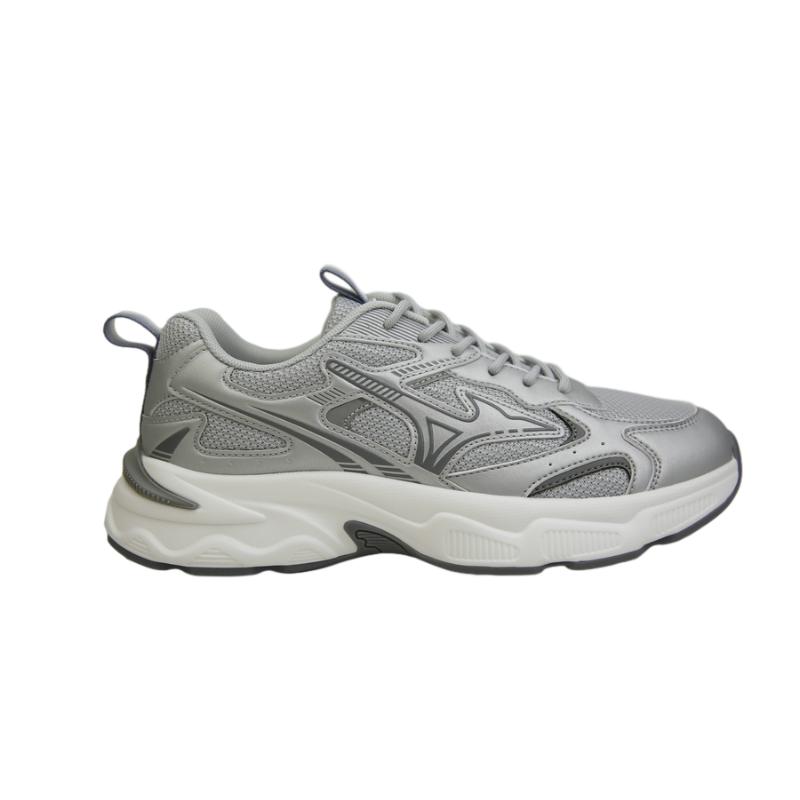Lastly, durability is key. You want boots that can withstand the harsh winter conditions and last through multiple seasons of use. Look for boots made with high-quality materials such as leather or synthetic uppers, along with sturdy stitching and reinforced toe caps. These features will help protect your feet from accidental impacts and prolong the lifespan of your boots.




